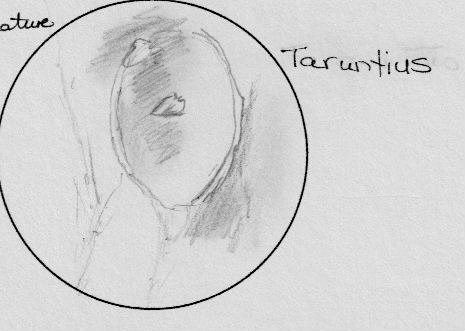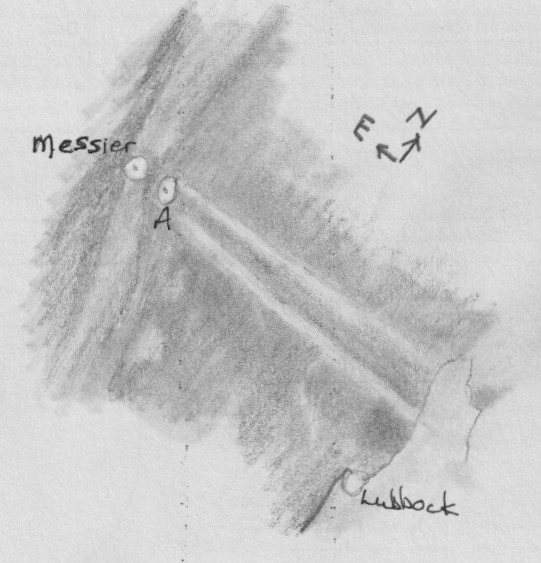IWLOP #013b – Central Mare Fecunditatis
A mare consisting of two contiguous, nearly round areas of dark Basaltic lavas. The northern part is three times larger than the southern and exhibits a number of dorsa. These lavas probably overlie an impact basin of pre-Nectarian age. Mare Fecunditatis covers 20 degrees of the lunar surface and may require various terminator angles for optimum views of all the features listed below.
Location: 4.0 S 42-62 E Origin: Impact and Volcanism Size: 990 km. Rukl: 37, 48 Type: Basin
Objects: Messier, Messier A, Dorsa Cato, Taruntius, Secchi, Montes Secchi
Others Identified: Anvil
Observation 1:
Location: Home
Date: 2020-08-22
Time: 10:14 PM ADT
Equipment: 6" Dobsonian, 25 mm eyepiece + x3 Barlow
Magnification: x144
Transparency: Good (3)
Seeing: Good (3)
|
R1: Messier craters very dark and shallow. Didn't see Dorsa Cato in this observing session. C1: The coloration of the floor of Taruntius suggested possible volcanic activity, especially in light of the dark colour in the NW towards the north wall that disappeared into the Mare. |
 |
Observation 2:
Location: Home
Date: 2021-04-20
Time: 9:04 PM ADT
Equipment: 10" Meade SCT, 25 mm eyepiece + x3 Barlow
Magnification: x300
Transparency: not recorded
Seeing: not recorded
 |
R1: While looking for another feature, I came across Messier and Messier A. Two individual ejecta lines were very noticeable across the Mare Fecunditatis floor heading westward to end just above the crater Lubbock. Dorsa Cato was also observed east of Montes Secchi, going basically south from Taruntius towards the Messier craters. There were 3 dorsa appeared as part of the ejecta field from Taruntius: (W to E) Cato, Cushman, Cayeux. |